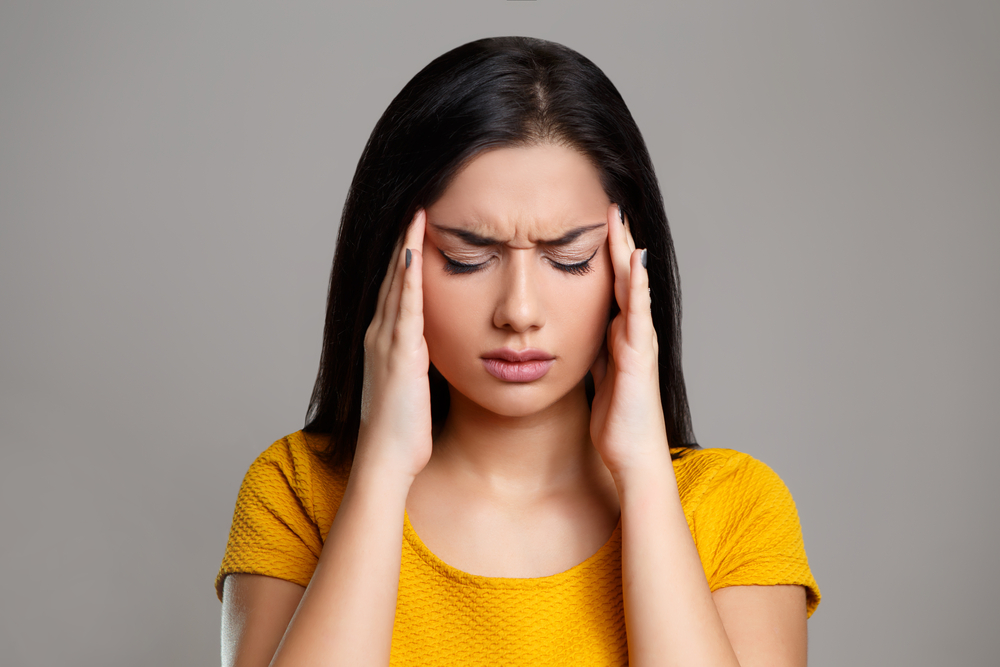Comprehensive Guide to Managing Migraines: Effective Strategies, Therapies, and Prevention Techniques
This comprehensive article explores effective migraine management strategies, including lifestyle changes, natural remedies, and medical treatments. It provides in-depth insights into preventing attacks, understanding triggers, and choosing appropriate therapies to reduce pain and improve quality of life. Suitable for those seeking a holistic approach, the article emphasizes personalized strategies to manage this complex neurological condition effectively.

An In-Depth Approach to Managing and Preventing Migraines
Migraines are more than just headaches; they are complex neurological conditions that can significantly impair quality of life. Characterized by intense, pulsating pain often localized on one side of the head, migraines are commonly accompanied by symptoms such as heightened sensitivity to light and sound, nausea, vomiting, and visual disturbances. Many sufferers also experience an aura phase—a series of visual or sensory changes like zigzag lines, flashing lights, or shimmering spots that serve as a warning for an impending migraine attack. Understanding these symptoms is essential for effective management and relief.
The Root Causes and Triggers of Migraines
Despite extensive research, the precise cause of migraines remains elusive. However, scientific evidence suggests a strong genetic component, as migraines tend to run in families. Variations in brain activity and physiological processes—such as changes in blood flow or neural signaling pathways—are believed to contribute to attacks. Additionally, external stimuli and internal factors like hormonal fluctuations, dietary choices, lifestyle habits, and environmental triggers can precipitate migraines. Recognizing and understanding these underlying causes is crucial for developing effective prevention and treatment strategies.
Key Approaches to Preventing and Alleviating Migraines
Management begins with a personalized approach, as triggers vary widely among individuals. Keeping a detailed migraine diary helps identify personal triggers such as hormonal shifts, dietary factors, lifestyle habits, and environmental stimuli. Tailoring treatment plans based on this information maximizes efficacy and reduces attack frequency.
Hormonal Fluctuations: Fluctuations in estrogen levels, especially in women during menstruation, pregnancy, or menopause, can increase susceptibility to migraines. Using low-dose hormonal contraceptives or hormone therapy under medical supervision can help stabilize hormonal changes and decrease attack frequency.
Limiting Alcohol Intake: Beverages containing alcohol, especially beer and certain spirits, are common migraine triggers for many individuals. While some tolerate certain alcohols like vodka, others find that limiting or avoiding alcohol altogether helps reduce episode occurrence.
Maintaining Consistent Meal and Sleep Patterns: Skipping meals or experiencing irregular eating habits can cause blood sugar dips, triggering migraines. Eating regular, balanced meals—including lean meats, vegetables, and complex carbohydrates—can help maintain stable blood glucose levels. Similarly, maintaining a consistent sleep schedule by going to bed and waking up at regular times prevents sleep-related migraines and reduces overall attack frequency.
Managing Caffeine Consumption: Although caffeine can provide relief during a migraine, excessive intake or abrupt withdrawal can exacerbate symptoms. Limiting caffeine to about 200 mg per day—roughly equivalent to two cups of coffee—helps prevent withdrawal headaches and reduces the risk of migraines triggered by caffeine fluctuations.
Natural Remedies and Lifestyle Modifications: Beyond medication, natural techniques can significantly improve migraine management. Applying ice packs to the forehead or neck can effectively reduce inflammation and numb pain sensations. Incorporating relaxation methods like massage therapy focusing on neck and shoulder tension-relief, practicing tai chi, and engaging in mindfulness-based stress reduction techniques such as restorative yoga can help prevent and alleviate attacks.
Herbal and Nutritional Supplements: Some herbs and supplements have shown promise in reducing migraine frequency. For example, vitamin B2 (riboflavin) at 400 mg daily for at least three months can enhance mitochondrial energy production, leading to fewer attacks. Coenzyme Q10 (CoQ10) is another supplement with positive results in migraine prevention, supporting cellular energy metabolism and neuroprotection.
Herbal Remedies: Natural herbs like butterbur and feverfew are popular choices for migraine prophylaxis. Butterbur improves cerebral blood flow and could reduce attack frequency, while feverfew may decrease the severity and frequency of migraines. These remedies should be used under medical guidance to ensure safety.
Alternative Therapies: Acupuncture, a traditional Chinese medicine practice, has been shown to provide long-term migraine relief comparable to some pharmaceutical options. Its minimal side effects make it an attractive adjunct or alternative for many patients.
Conventional Medical Treatments
When lifestyle changes and natural therapies are insufficient, medical interventions become necessary. Several medications are approved for migraine treatment and prevention:
Triptans: Triptans are fast-acting medications that work by constricting blood vessels and blocking pain pathways. Since their approval in 1991, they have become the cornerstone of acute migraine treatment. However, overuse can lead to rebound headaches, so medical supervision is essential.
Blood Pressure Medications: Beta-blockers such as propranolol, metoprolol, and timolol are used not only for cardiovascular issues but also as preventive medications for migraines. They work by stabilizing blood vessel activity and neural excitability. Side effects are generally mild but should be monitored.
Seizure Medications: Drugs like topiramate and valproic acid can reduce migraine frequency by stabilizing neural activity. However, they may cause drowsiness, weight changes, or cognitive effects and require careful medical oversight.
Antidepressants: Certain antidepressants, particularly SSRIs and tricyclic antidepressants, can help prevent migraines by regulating serotonin levels, which influence pain pathways. These are often prescribed when migraines coexist with depression or anxiety.
Botox Injections: Botox has gained approval for treating chronic migraines in adults. Injections every 12 weeks can significantly decrease the number and severity of attacks, with minimal side effects.
In cases of frequent or severe migraines, a comprehensive evaluation by a healthcare provider is recommended. They can customize treatment plans, including combinations of lifestyle strategies, natural remedies, and medications, to optimize quality of life and reduce the burden of migraines.
Understanding migraine management involves exploring multiple approaches—from identifying personal triggers to utilizing advanced medical therapies. Combining natural remedies, lifestyle modifications, and medication under professional guidance offers the best chance for long-term relief and improved quality of life for migraine sufferers.





